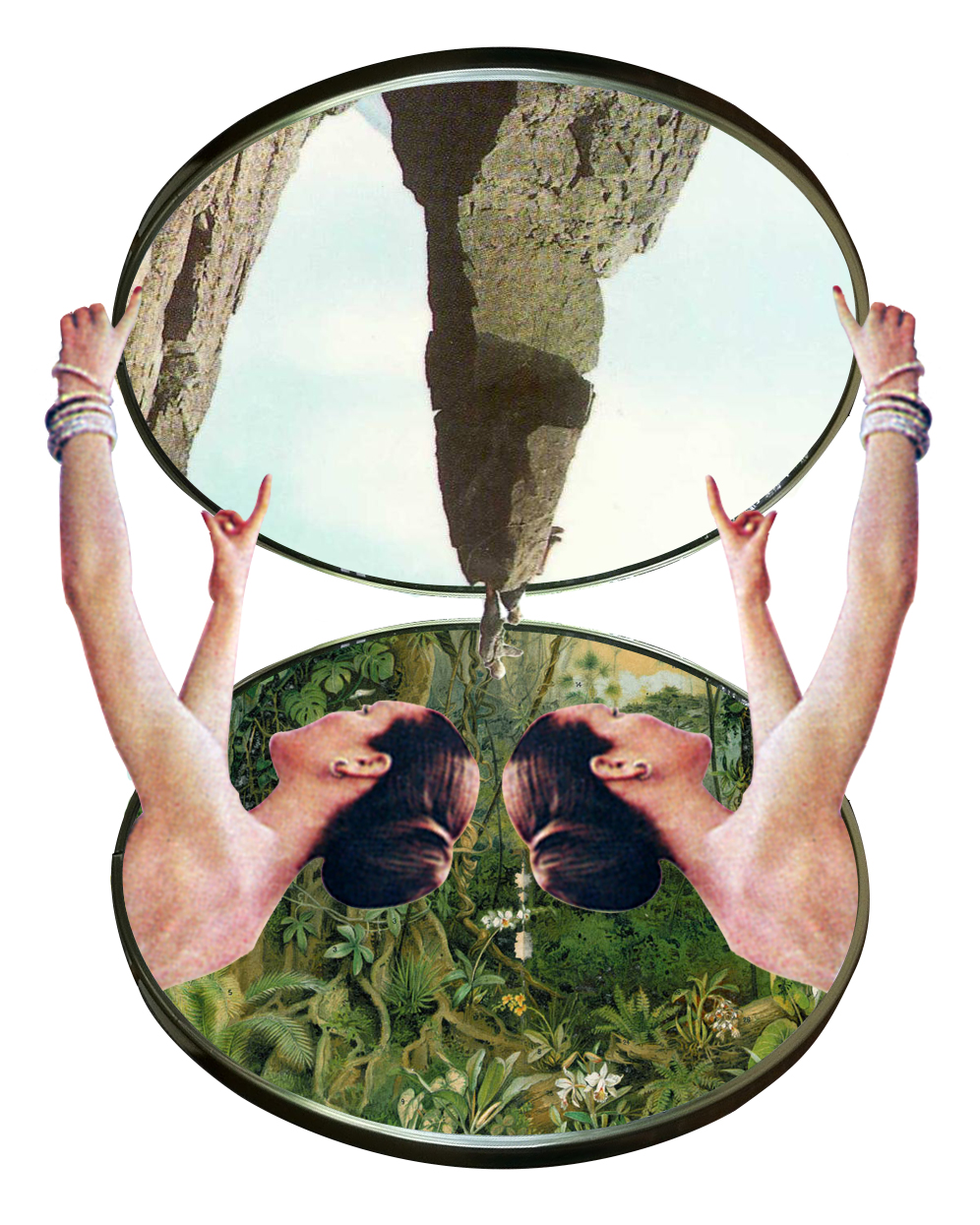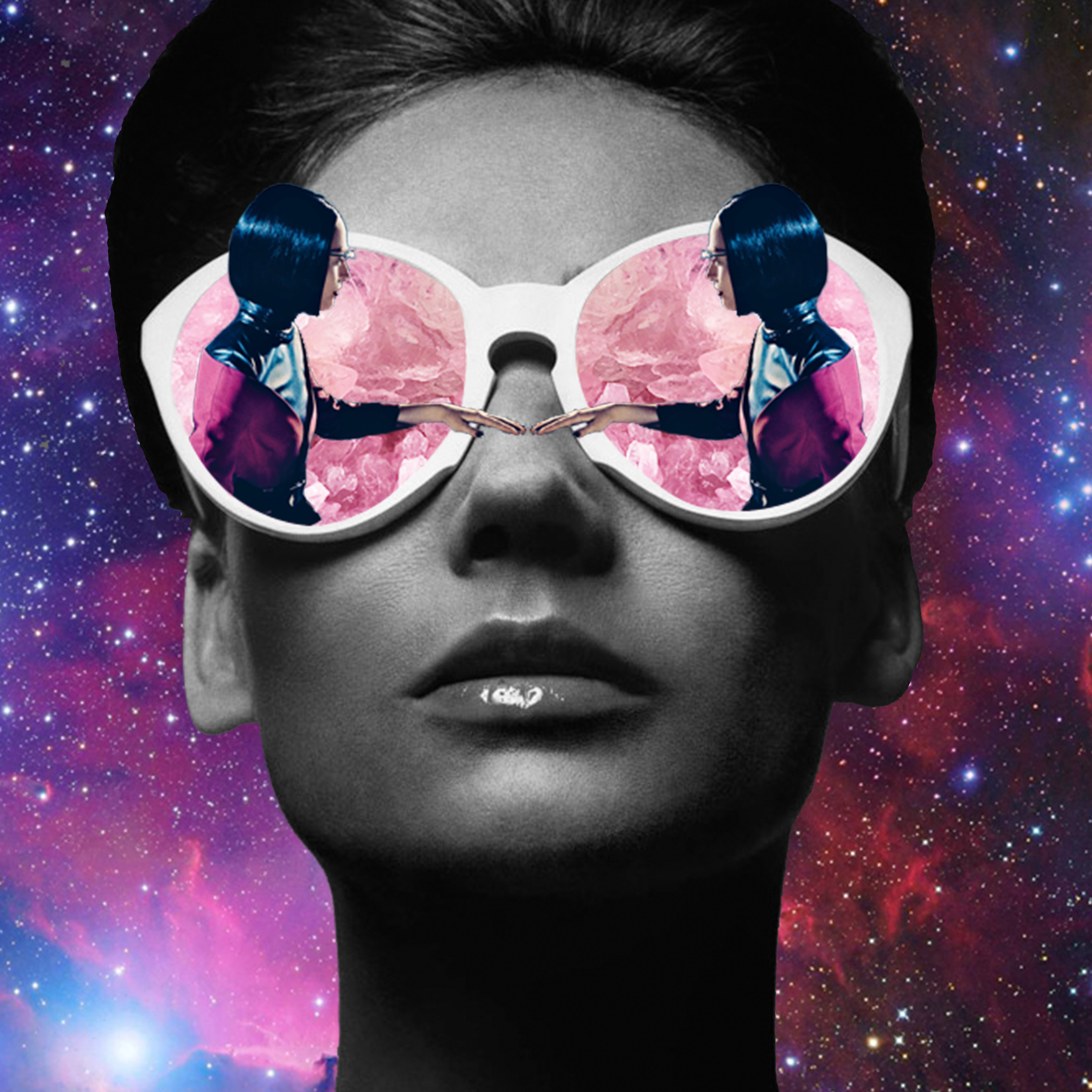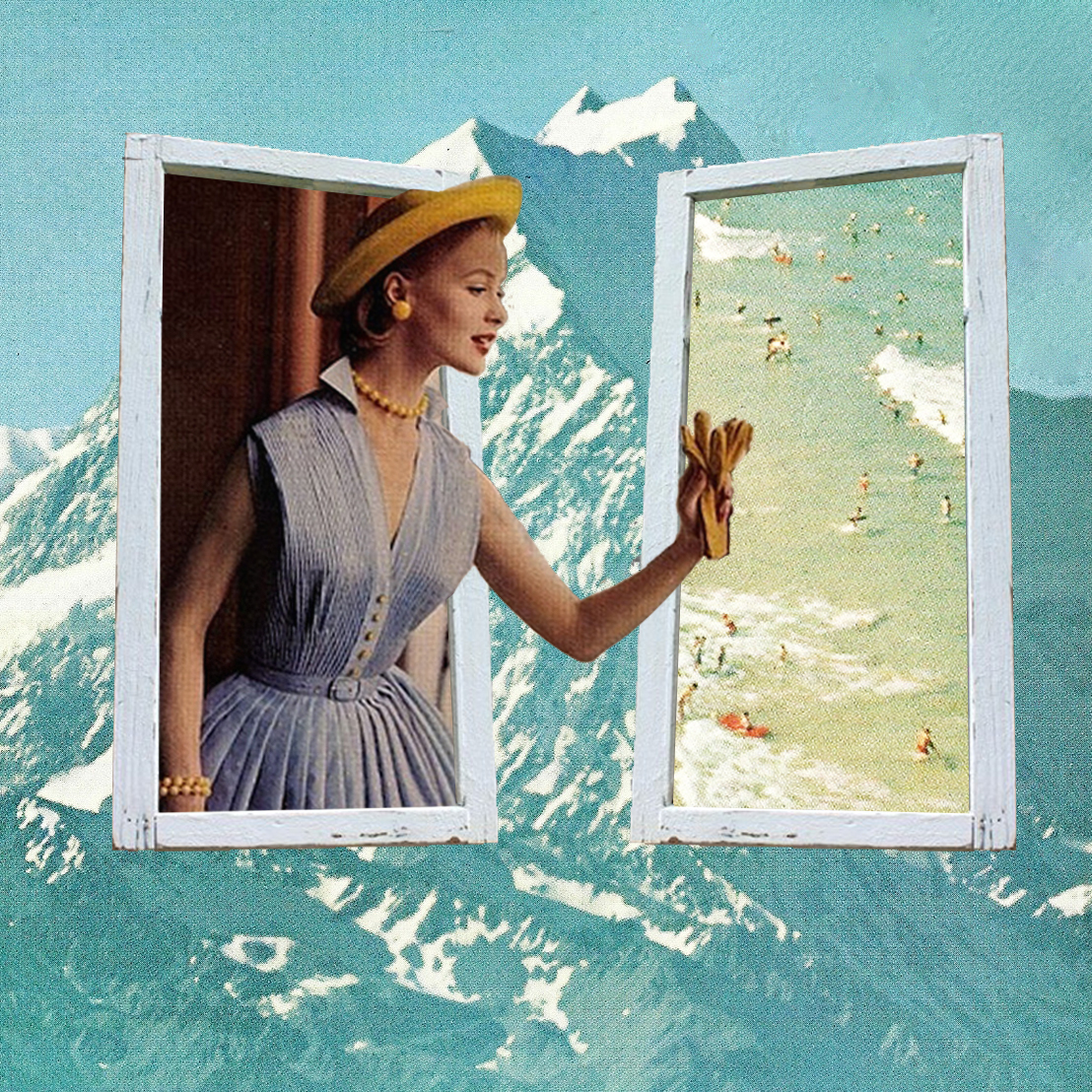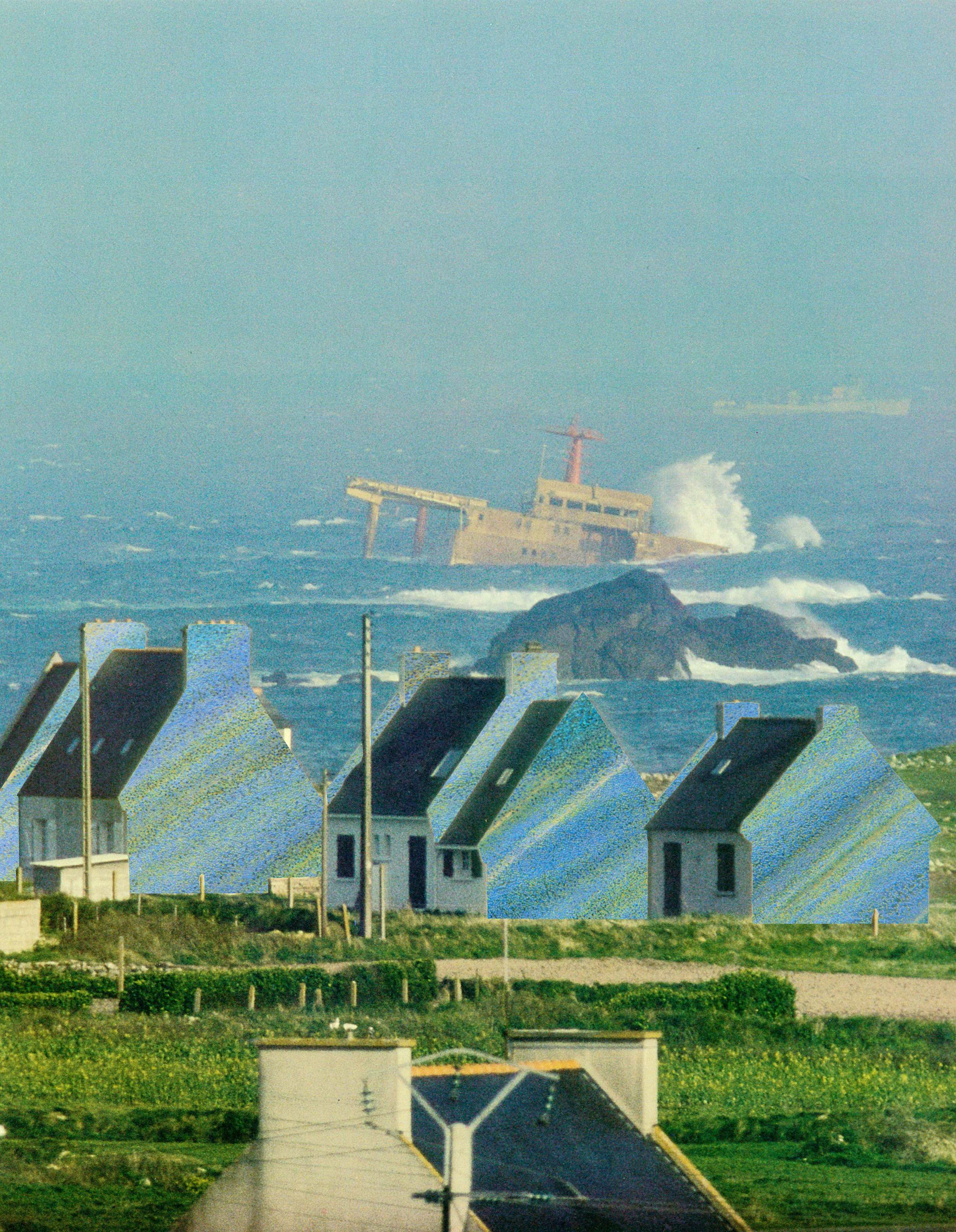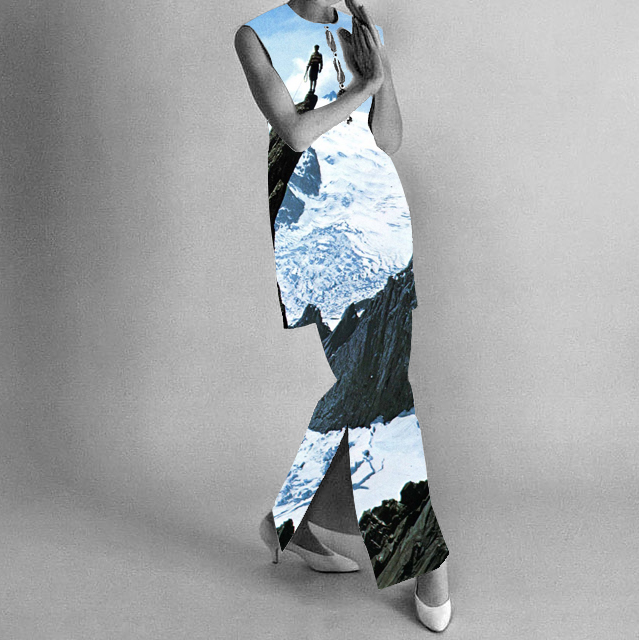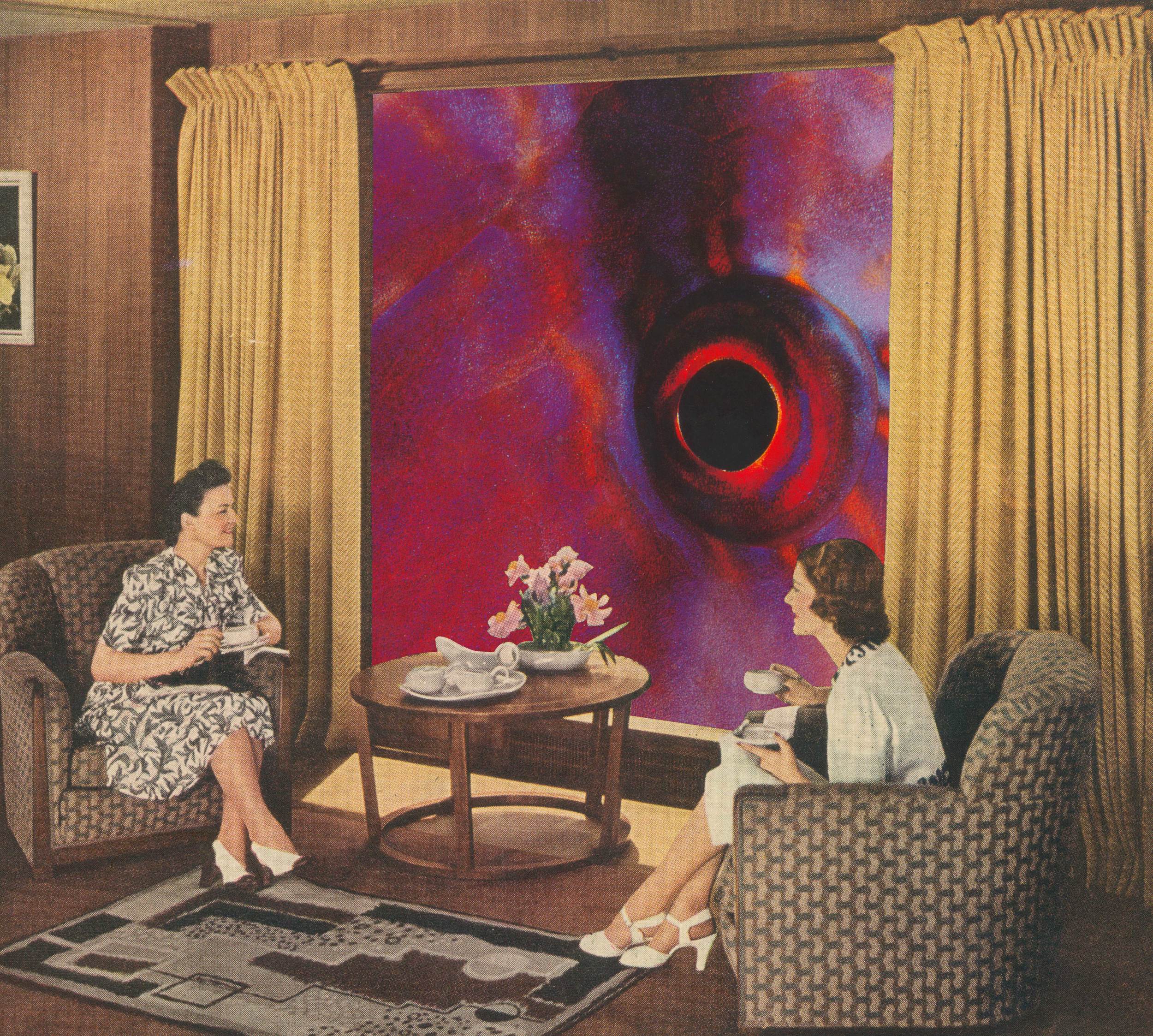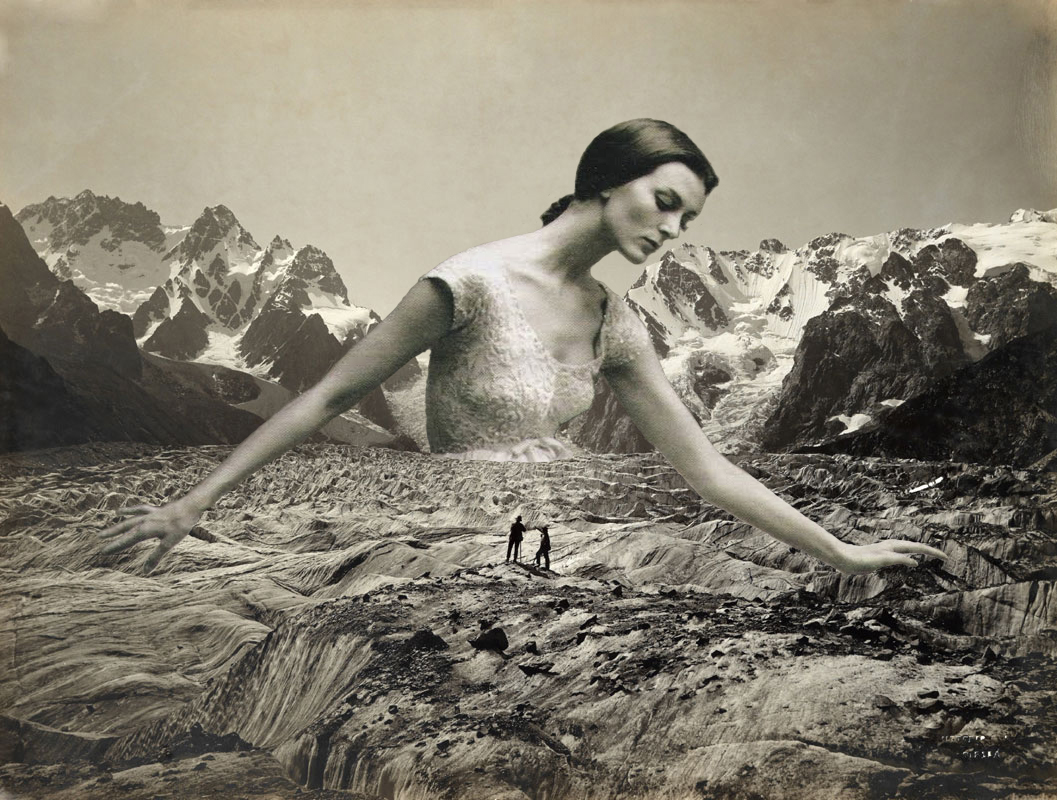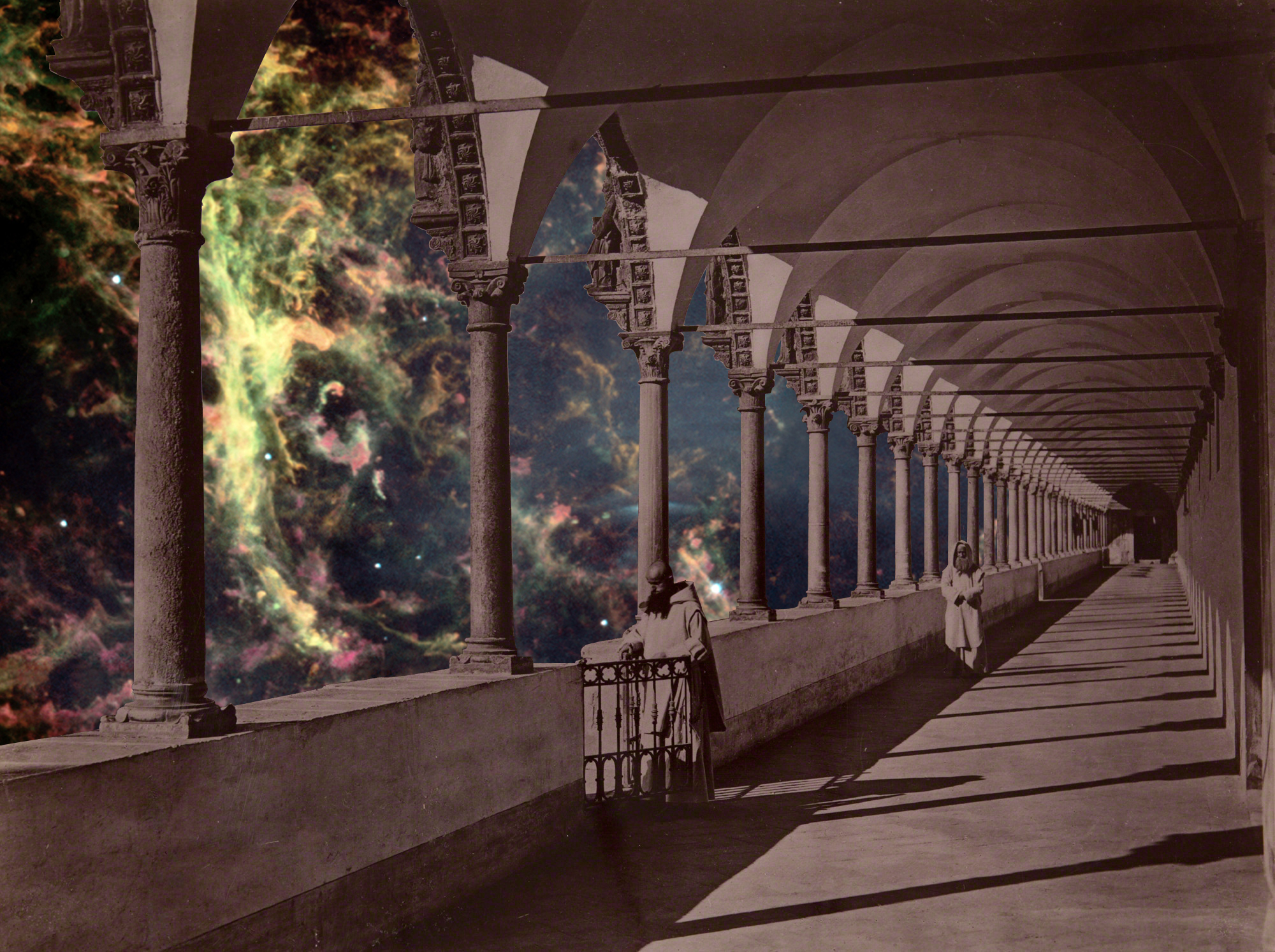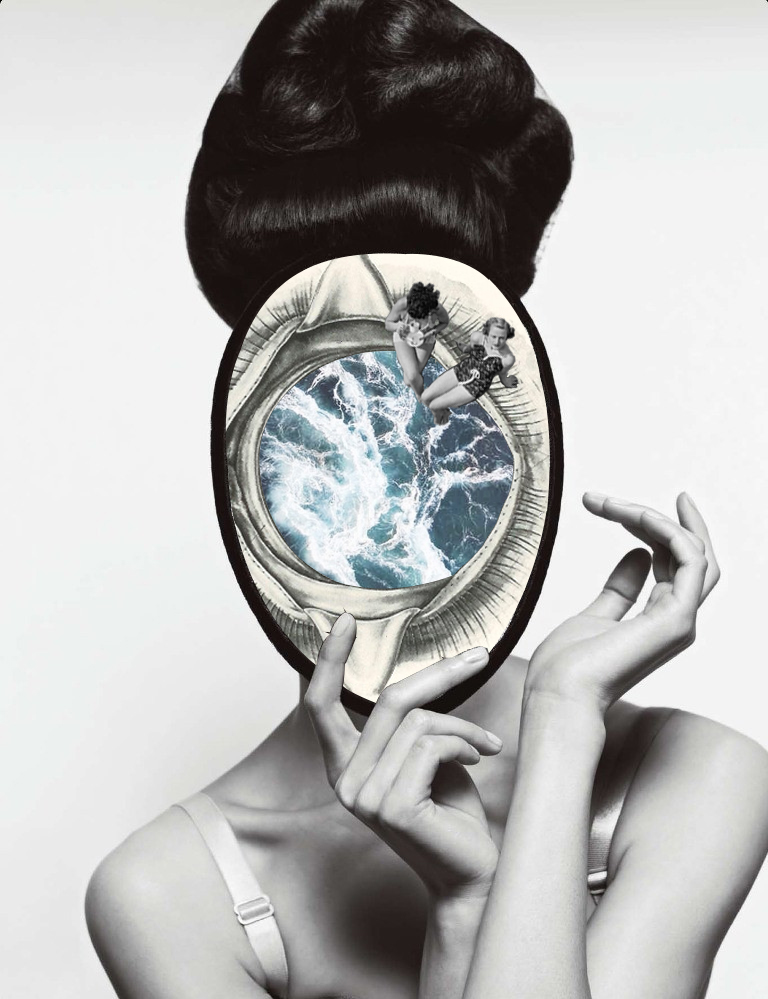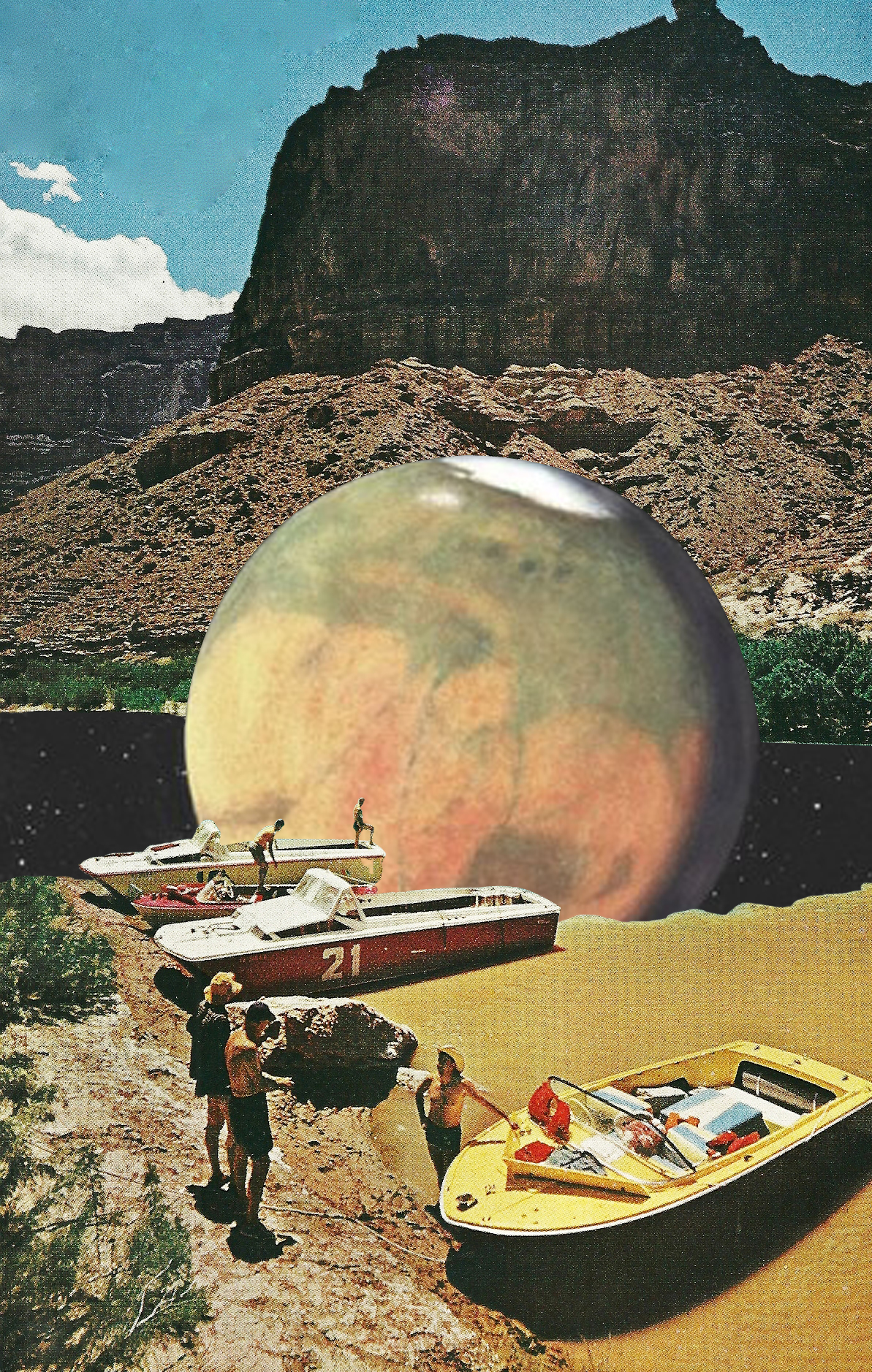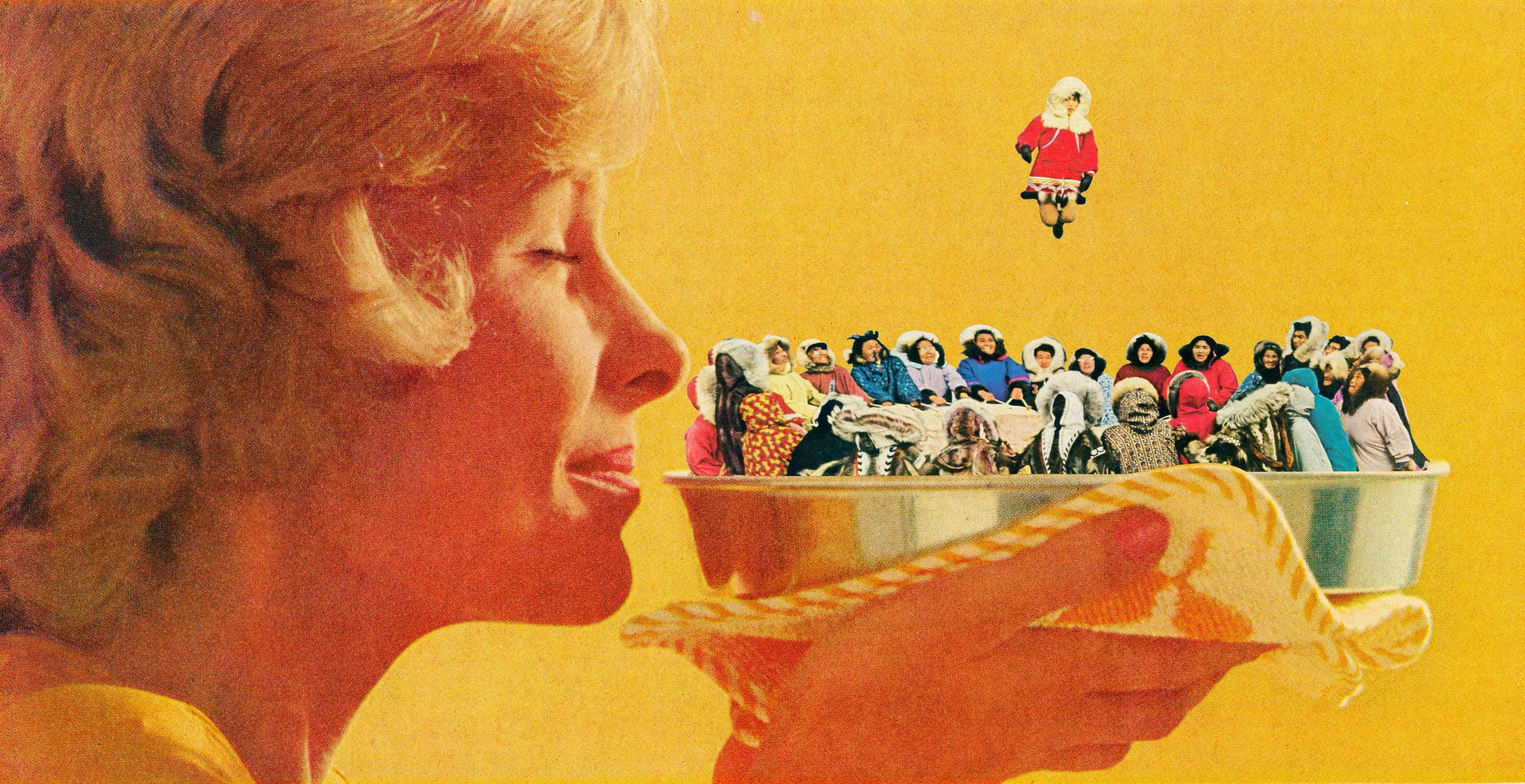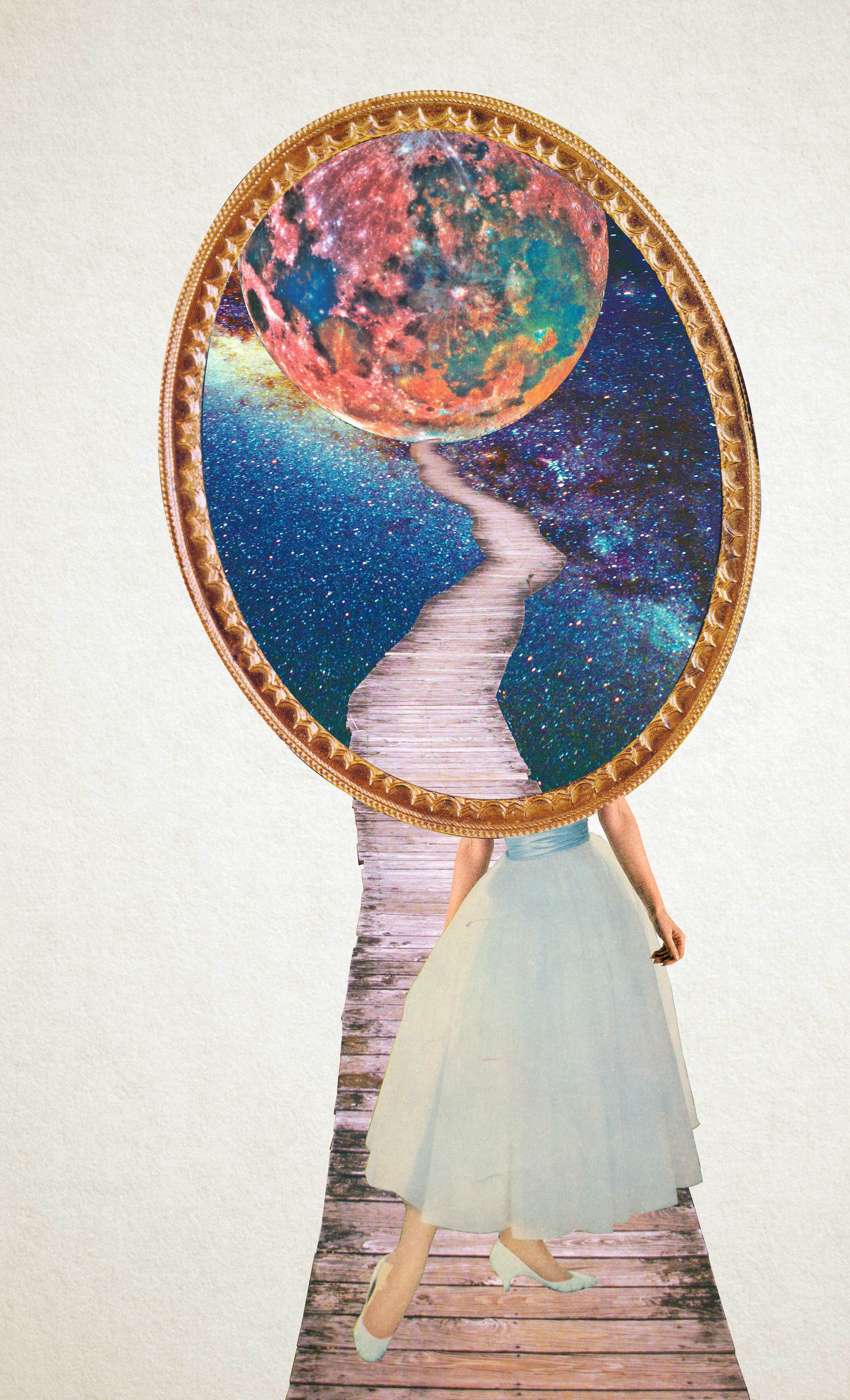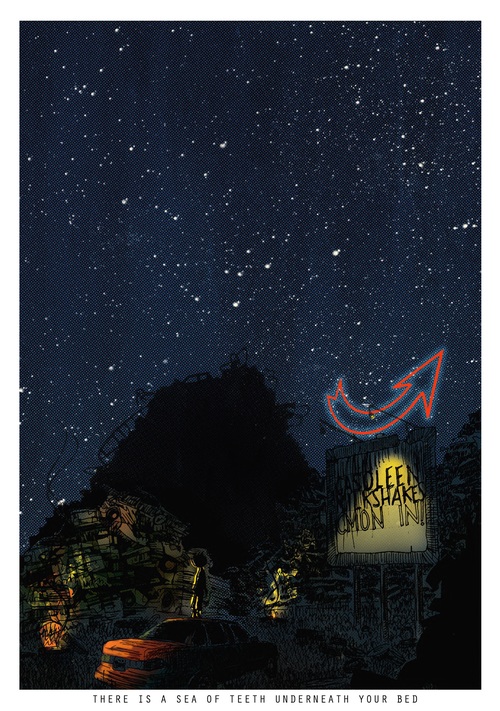This interview has been edited and condensed.
Natalia Lehaf: I wanted to start with your background in music. When did you first start having an interest in music?
Matt Bravmann: I started taking piano lessons when I was about four years old. I took them for a while and loved it at first and then I hated it. You know, I was a little kid; I just wanted to be outside and play sports. So I quit. My parents kept making me practice but I didn’t want to. I got back into it later on when I started playing songs I wanted to play as opposed to songs they wanted me to play. It was a lovely 360 because through playing shitty pop songs I had gotten back into playing the songs I originally didn’t want to play, like classical music. When I was eighteen I started taking serious jazz lessons with a really great teacher. I started playing gigs in high school. I played at –
NL: Nursing homes, right?
MB: Right, nursing homes and restaurants, because I didn’t live in a city so I couldn’t go and play in a bar. I traveled to New York City once to play at Brandy’s Piano Bar on the Upper West Side when I was seventeen. I remember that being a huge deal for me. When I went to college I started having steady gigs at coffee shops.
NL: Is your family musical?
MB: Yeah, my dad plays the piano. He gave me lessons for a bit.
NL: Do you play any other instruments?
MB: No, I tried. I tried the clarinet and the guitar, but I didn’t like them and I wasn’t very good. With the guitar, you develop terrible callouses on your fingers – especially when you’re first starting. With the clarinet, you need a tremendous amount of breath, and even from a young age my parents always thought I was a smoker because I couldn’t even hold my breath under water.
NL: Was music a big part of your life as a kid?
MB: Yeah, definitely. First of all, I grew up Jewish. Music is a big part of Jewish services. There are also a lot of minor chords in Jewish music, which is a little sadder but also more personal. At a young age, when I heard “Moonlight Sonata” or The Beatles or classic pop rock music, it was ingrained that this was important – beyond pop culture. There was something there that stuck with me.
NL: What triggered your return to music?
MB: I think just growing up and becoming more mature in my musical tastes. I would start to listen to music that I could play and wanted to play. We always had a piano in our house, sometimes two, so I would be playing every now and then even after I quit.
NL: What would you qualify as more mature music?
MB: I would say older artists. So much music has had an impact on me. When I heard gospel music for the fist time, my life changed. It was serious, it wasn’t fun. When I heard “Border Song” by Elton John, that was the first time I heard gospel music applied to rock ‘n’ roll, pop, and other elements. And that was something I wanted to do – I wanted to play that. Pink Floyd was another big one for me, when I heard The Wall and also The Beatles. Some songs have that rare quality where it’s like, “this is a big deal.” They hit you at the core and are spiritual experiences.
NL: When you were performing in high school, were you performing covers?
MB: Yeah, I only performed covers. I started writing music in college.
NL: Did you ever want to start a band?
MB: I wanted to start a band, but there was no connection with anyone where I thought starting a band was a realistic endeavor.
NL: So, you’ve spent a lot of alone time working on your music.
MB: And in general.
NL: How was that?
MB: I don’t want to say I was a lonely child, but in a lot of ways I was. I think being a performer, the alchemy is, you are sitting on stage and divided, literally, from the audience. The mass of people is looking at you and you are up there alone. It’s very symbolic of the process. There is an inherent separation between you and mass society. The alone time I spent as a kid was traumatic at times, but at the same time – this is going to get philosophical quickly, which I tend to do – all of my pain and weakness is also the source of my strength, creativity, and inspiration. You know, I needed that to write music. I never would have written music if I didn’t have that pain and solitude to look back on.
NL: I read that you started writing music to share your pain.
MB: Right. I don’t think that is unique to me at all.
NL: Is there anything in particular that you write about?
MB: It was more of a general sense of insecurity, and the pain that a lot of people experience but that you don’t know they are experiencing. You know, when you are growing up, you think you are the only one who has these problems – and in some ways you’re not, but in a lot of ways you are. There was never a specific event or incident.
NL: Do you think your music comes from a lonely place?
MB: Yeah. It’s interesting, because I started writing this album when I was twenty years old and didn’t finish it until I was twenty-four, twenty-five. The next album is going to come from a much different place, which is a tremendous challenge for me. It won’t be a place of desperation and loneliness, but of satisfaction and confidence and appreciation of myself and for others. That’s the way it should be: I think you need to evolve as an artist. I have no interest in making a sequel or follow-up to the last album. I want my music to evolve, but at the same time it is going to be difficult doing that. In the past, I’ve found my way of tapping into what I found to be my best stuff is tapping into the pain and the same melancholic places where I used to think inspired the creativity. I’ve started writing new music and it has not been easy.
NL: Was there a message you were trying to put out there with this first album?
MB: There wasn’t a coherent message. The message is in the title, Mind on Fire. The album is an identity crisis. It’s about contradictions and fear and insecurity and vulnerability. It’s about growing up. I’m on fire. It’s just very overwhelming to be a young twenty-year-old in New York.
NL: What was your song-writing process like?
MB: I wrote the first batch of songs while I was in college and about two years ago I wrote the second batch of songs. This album is the best of those batches.
NL: It’s very lyrically-driven. Do you have a favorite lyric or song you are proud of?
MB: You know, songwriters too often say, “every one’s my baby.” I don’t have a favorite lyric. I very rarely listen back to it. Sometimes I’ll listen and be like, “that’s a good line.”
NL: That’s interesting that you don’t listen to it, because I added the EP to my Spotify playlist. I find it really comforting.
MB: Interesting. I was very self-conscious when I released it - and still am - that it’s a downer, in the sense that it is kind of depressing. You know, “does it bring you down? Does it lift you up?”; almost universally, it doesn’t do either of those things. It’s more optimistic than I give it credit for.
NL: “Long Way to California” is one of my favorites, that one is cheerful.
MB: That one is a very optimistic song and I initially wanted to end the album on that. A big theme on the album is contrast – even the cover: a dark background with a very bright imagery up front. And a lot of the lyrics are melancholic but also hopeful.
NL: How did you choose the cover art?
MB: I had an idea for what I wanted the art to be and I hired an artist who took it from there.
NL: I know that you have a demanding job as the Digital Strategy Manager at the digital marketing, advertising, and publicity agency Brigade. How do you balance your music with your other obligations?
MB: My job is very creative, too, and I feel like there is a tank of creative energy that you fill up sometimes. It’s been hard and it’s not something I’ve conquered yet. I finished this album before I got this job. So my next challenge is writing my next album from a new mental and spiritual place and balancing this with my day job.
NL: Do you have any big dream musical ambitions?
MB: Yeah, to get better. I want the music to evolve paralleling my personal identity. As I evolve as a human being, I want my music to evolve. I make music for music. If I get paid for it, that’s great. But I don’t need to make a lot of money off of it. Five years ago, it was “do or die, make or break.” But now, I’ve made peace with it. I do it on the side and I don’t get the fame or notoriety from it — not yet — but there is nobody telling me what to do. I write what I want, I do want I want and that freedom is not something I take for granted.
